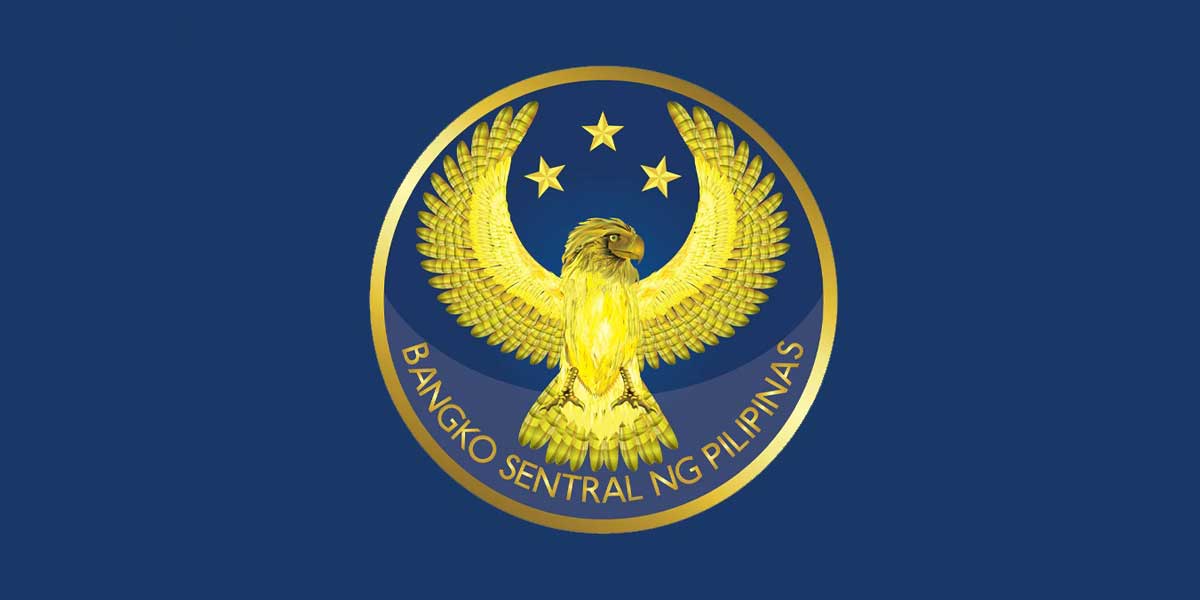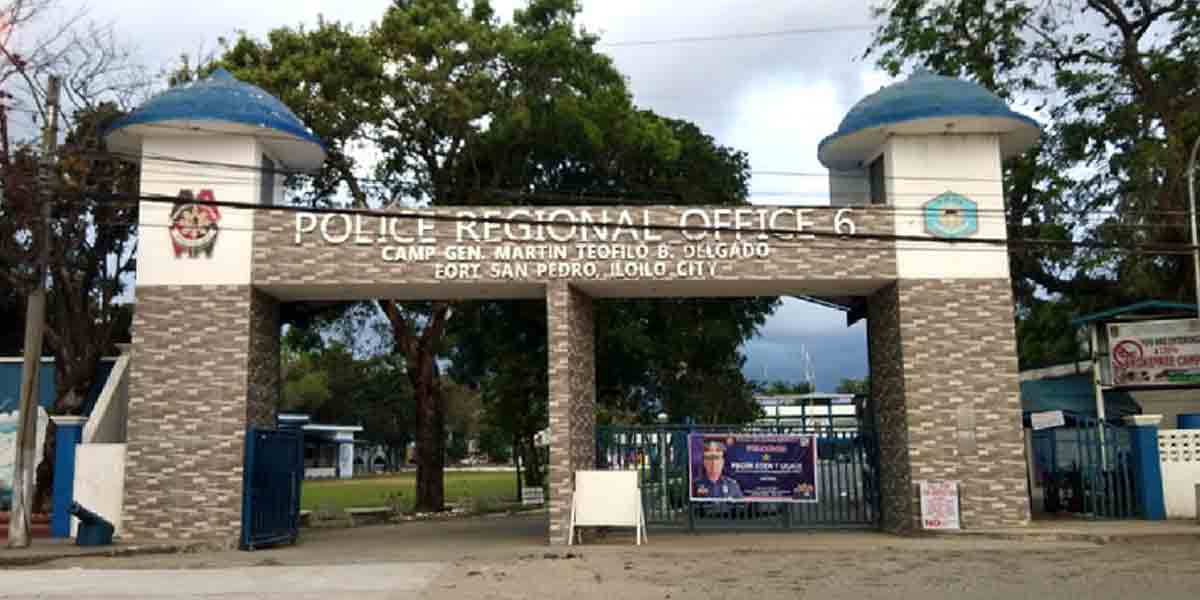By Prof. Enrique Soriano
As we step into 2025, businesses are facing an environment defined by uncertainty and complexity. Geopolitical tensions, economic fluctuations, and rapid technological shifts are testing the resilience of even the most established organizations. For CEOs, the challenge lies not just in reacting to these external headwinds but in proactively steering their companies toward sustained growth and relevance.
I was in Taiwan last week to conduct a Strategic Audit review of the 2025 plans of a family business engaged in real estate and manufacturing. As an outsider and Board advisor, my role is to offer an objective perspective, constructive critique, and strategic insight. Over the past three years, I have had the privilege of mentoring the 40-year-old successor of this family business. His openness to guidance and dedication to transparency have been pivotal in achieving meaningful strides, and our relationship underscores the value of mentorship in leadership development.
Drawing from my experiences, I’ve identified strategies CEOs can adopt internally to build resilience and maintain agility. These strategies focus on the controllable “P’s”—People, Process, Product, Productivity, and Profit. In this first part, we’ll explore People and Process, the foundation for organizational resilience.
- Prioritize People: The Foundation of Resilience
In a world of constant change, the strength of an organization lies in its people. Employees are not just assets but critical enablers of innovation, adaptability, and growth. For CEOs, fostering a people-first culture is essential to navigating challenges effectively.
Here’s how leaders can prioritize their workforce:
- Upskilling and cross-skilling: Equip employees with diverse competencies to handle evolving market demands. By investing in continuous learning, organizations ensure their teams remain versatile and competitive.
- Open communication channels: Transparent communication helps align employees with the company’s vision and immediate goals, reducing confusion and boosting morale.
- Recognition and rewards: Acknowledging and celebrating contributions fosters a sense of belonging and motivates teams to stay engaged.
During the Strategic Audit, I saw firsthand how the successor has embraced a people-first approach. He introduced leadership development programs and aligned incentives with business objectives, enhancing loyalty and building a workforce capable of tackling complex challenges. His efforts exemplify how prioritizing people strengthens an organization’s ability to weather external disruptions.
- Streamline Processes: Building Agility and Efficiency
Rigid and outdated processes are often liabilities during uncertain times. To stay agile, CEOs must streamline operations, removing bottlenecks and inefficiencies that hinder responsiveness. Agile processes enable organizations to pivot swiftly in response to external shocks or opportunities.
Key steps to achieving streamlined processes include:
- Conducting regular process audits: Periodically review workflows to identify inefficiencies and redundancies.
- Leveraging digital tools and automation: Implement technology to optimize repetitive tasks, freeing up resources for strategic priorities.
- Embedding a culture of continuous improvement: Encourage employees to regularly suggest and implement enhancements to processes.
In Taiwan, the successor has adopted lean manufacturing practices and modernized workflows in real estate development. These improvements have enabled the company to respond more rapidly to market fluctuations, enhancing their competitive edge. By investing in technology and fostering a mindset of continuous improvement, the business has built the operational agility needed to stay ahead.
The Role of Leadership in People and Process
Strong leadership is essential to the success of any strategy. As a Board advisor, I emphasize that CEOs must be both empathetic and decisive. Empowering people while driving process improvements requires a balance of soft skills and strategic vision.
My collaboration with the successor over the past three years has been marked by mutual respect and transparency. This dynamic has allowed us to address difficult truths, recalibrate strategies, and celebrate achievements together. His willingness to adapt and innovate in the areas of People and Process has been critical to his success.
Laying the Foundation for 2025
As organizations brace for the uncertainties of 2025, CEOs must focus on controllable internal factors. Prioritizing People ensures resilience, while streamlining Processes builds agility and operational efficiency. Together, these elements form the bedrock of a thriving organization, enabling it to weather external headwinds while seizing new opportunities.
***
Register and let’s make a difference—both in business and in the lives of those in need: Dec 11, Wednesday 930 am to 1130 am: Future Proofing 2025: Bold Strategies for Navigating Uncertainty and Driving Growth. This Zoom event is open to the public, where the speakers will share actionable growth strategies tailored for CEOs and business owners to implement in 2025. To secure your spot, contact Thomas +639565128299 and register via this link, Future-Proofing 2025: Bold Strategies for Navigating Uncertainty and Pursuing Growth. Slots are limited so reserve yours today!





















